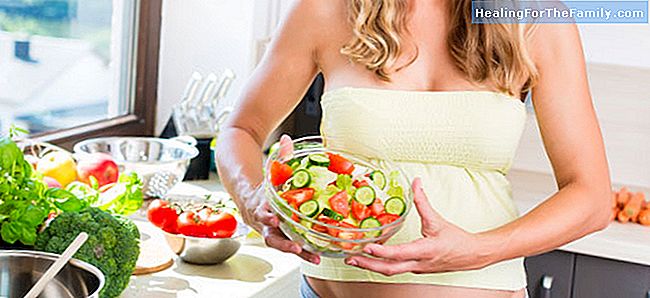How to make an organic garden with children
Today, many families opt for organic foods when choosing children's diet. Many decide to buy it in markets or private producers, but other parents choose the option of having their own garden. If you decide to bet on a family project of this type, that is, have your own garden, here are some basic n
Today, many families opt for organic foods when choosing children's diet. Many decide to buy it in markets or private producers, but other parents choose the option of having their own garden.
If you decide to bet on a family project of this type, that is, have your own garden, here are some basic notions and tips. First of all, keep in mind that the minimum area for a self-consumption garden (families of up to 5 people) is 100m2, where you can obtain different species depending on the seasons. Products
Summer: tomatoes, lettuce, zucchini, peppers.
- Autumn: pumpkins, potatoes, onions, peas.
- Winter: cauliflower, red cabbage, garlic, lettuce, leek.
- Spring: Swiss chard, radish, lettuce, arugula, carrots, beans.
- How to do, step by step, an ecological garden
1. The first thing to start is
to project the garden . You must make a drawing in which you order neatly the species and varieties that you want to have, informing them of their characteristics and needs and thinking of grouping them by families to rotate crops every year.
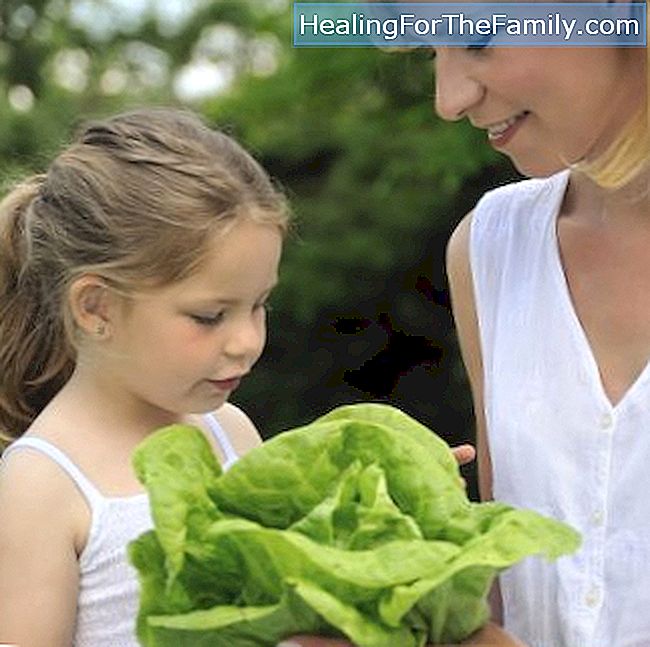
2. Once you have the drawing, you must get the right tools and the last thing is
till the ground to mull it and fertilize it, creating suitable conditions for the cultivation of vegetables. The best time to start this type of project is in March-April where the land is prepared and the little plants that will grow and that we will eat in the summer are added.
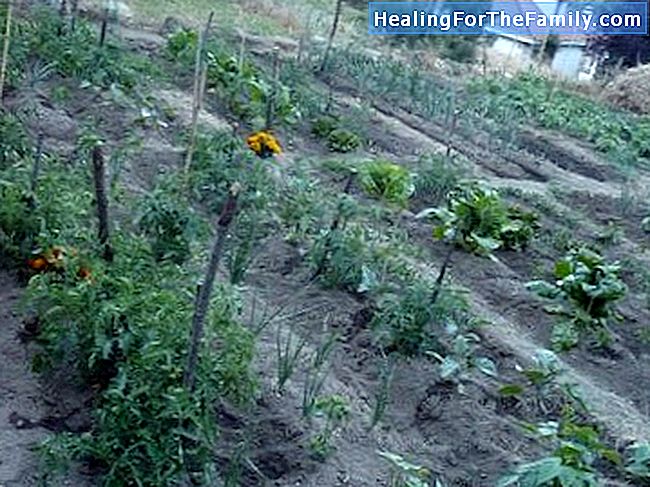
3. To plant you can make nurseries or buy a large plant. In the first case, it is necessary to acquire the seeds (in plant stores and supermarkets with plants that have the best ecological qualities) and to ensure that they are not expired. You have to bury them twice their diameter, if they bury a lot they do not germinate, and if they are too superficial they do not. They can be transplanted to the orchard when they have at least 2 to 3 true leaves (the first two that come out are not worth to make photosynthesis by itself). It is important to transplant
avoid the hot hours and bury it to where the soil level of the stem was when it was in the nursery. Very important to water it later (without flooding it). 4. Once sown, we should not forget the importance of irrigation . The earth must be observed every day, not superficially but in depth. Logically in summer the earth will always be dry in the part we see, but the roots are lower, that's where it is important that there is water. We must check it by putting your finger or a stick in the ground. Depending on the plant, the risks are very different. There are vegetables, such as watermelons and melons, that stop watering when they are forming the fruit and others that need water during their entire cycle, such as lettuce. It is difficult to generalize, but the most important thing is
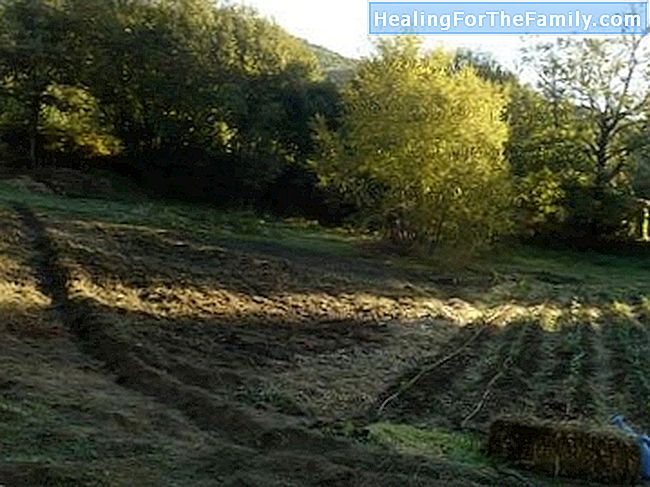
not to water by system, but to check beforehand if it is necessary or not.5. Finally, some tips to collect the products . As a general rule, avoid the hottest moments. You have to know the cycle of the plant to know when it has reached its optimum point, but when we see the
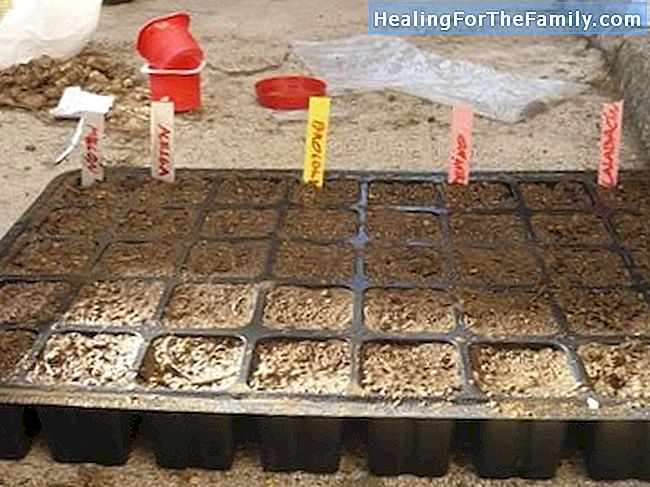
fruit formed, healthy and turgid (tomato, eggplant, pepper, pea, etc) we could collect it. If the vegetable is leaf (lettuce, Swiss chard, arugula) must be picked before they glean (before they go to form the flower) because the leaf becomes very bitter. Always collect with pruning shears to avoid leaving deep wounds on the plants. Campo Vivo Association of environmental education and rural development.













